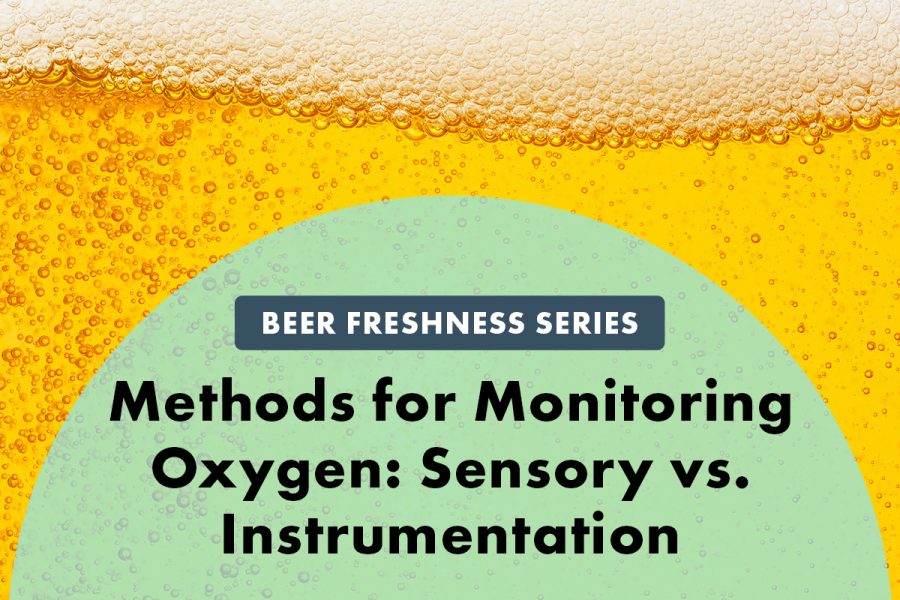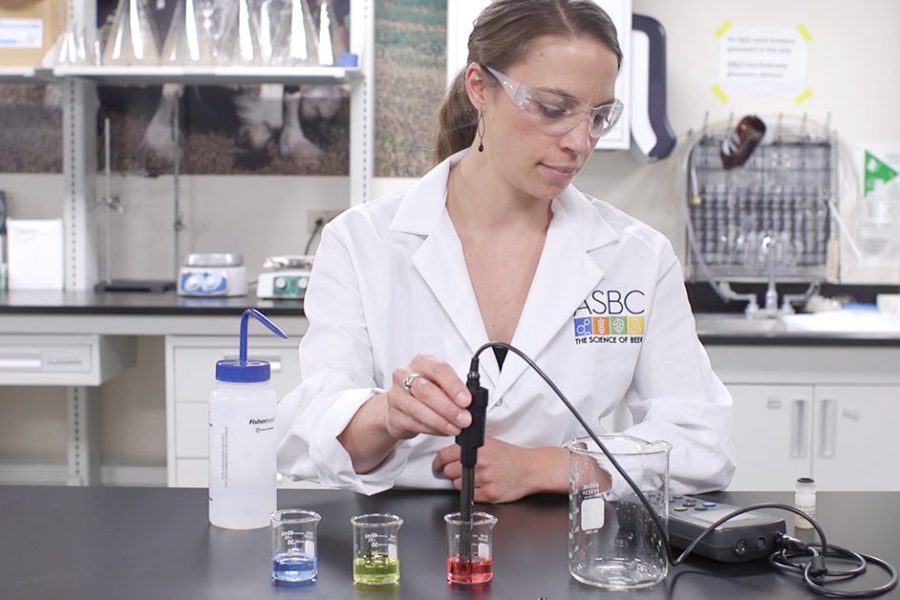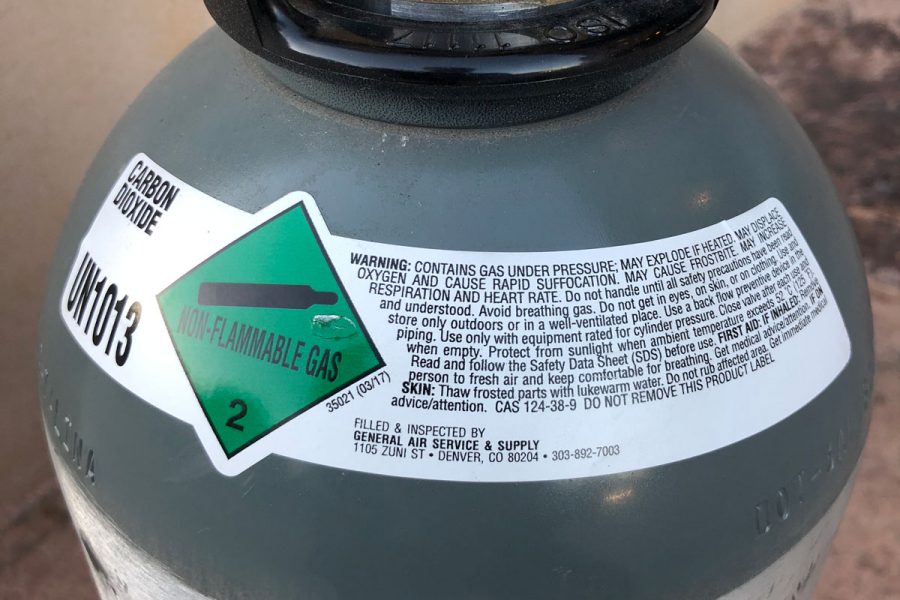 Beer Freshness Series
Beer Freshness Series

Beer Freshness Series
This series provides resources on oxygen-monitoring methods and sensors and how to mitigate oxygen during brewing, cellaring, and packaging.Read More
You are using an outdated browser not supported by The Brewers Association.
Please consider upgrading!
Maintaining consistent cellar best practices is incredibly important to your brewing process. Use these resources to help your cellarman make better beer.
 Beer Freshness Series
Beer Freshness Series

This series provides resources on oxygen-monitoring methods and sensors and how to mitigate oxygen during brewing, cellaring, and packaging.Read More

Learn about the three unique sensor technologies used in the measurement of dissolved oxygen in beer: optical, polarographic, and galvanic.Read More

Following best practice guidelines will ensure effective sampling for monitoring dissolved oxygen (DO) throughout the brewing process.Read More

Both methods of detecting oxygen offer different types of data that can work together in the pursuit of maintaining beer flavor.Read More

Read this resource from the Safety Subcommittee to understand the hazards of dry hopping and simple strategies to control risk.Read More

Barrel aged beers offer extra depth to your beer lineup. Learn the basics of what is required for success of a barrel aging program.Read More
 ASBC Methods of Analysis Training Videos
ASBC Methods of Analysis Training Videos

The ASBC and BA have collaborated to produce a series of videos that demonstrate fundamental methods related to brewing quality beer.Read More

These tips from the Supply Chain Subcommittee will guide brewers on how to economize their carbon dioxide resources in the event of a supply shortage.Read More
This seminar from the 2019 Craft Brewers Conference & BrewExpo America® focuses on creating small-scale spirit barrel aging programs for smaller breweries. It covers techniques and procedures for creating clean beer, recipes that work well with barrel characteristics, as well …Read More
I only spend about an hour or two in the cellar over the course of a week. Do I need to wear the same PPE as the cellarmen? The Safety Exchange Says: The OSHA personal protective equipment (PPE) standard requires that …Read More